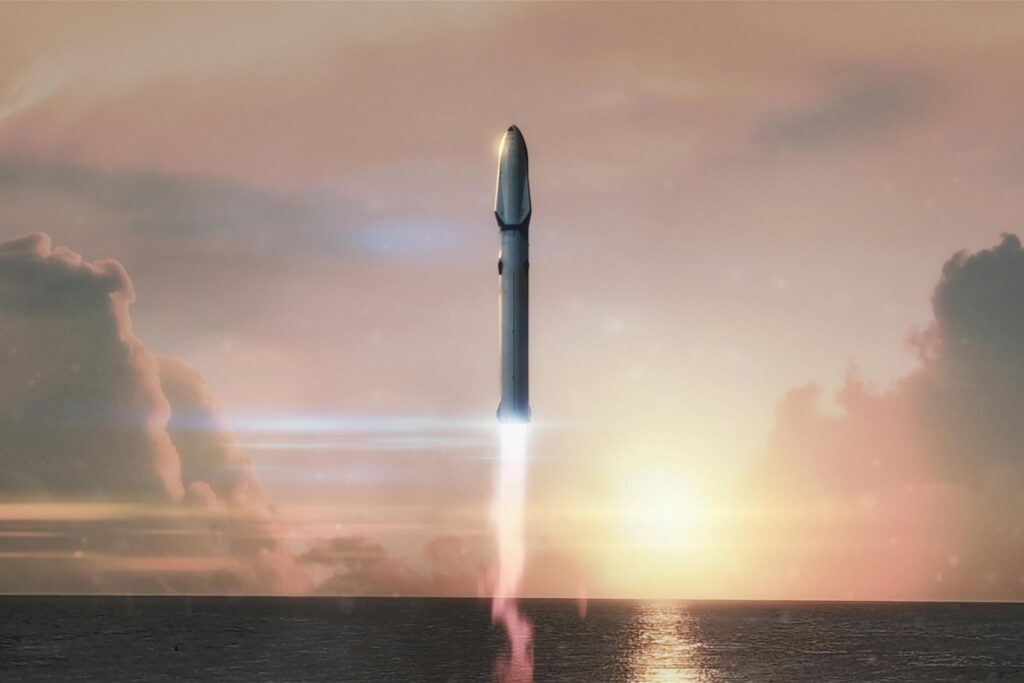Introduction
China has unveiled an ambitious plan to build a deep-sea research station 6,500 feet beneath the South China Sea. This cutting-edge facility, often called a “deep-sea space station,” will study methane hydrates—icy deposits of methane trapped in water molecules. These deposits, sometimes known as “flammable ice,” contain vast amounts of methane, a potent greenhouse gas that could serve as a valuable energy resource. The research station will allow China to explore these methane-rich reserves. It will also help address environmental concerns. This project could reshape energy production, environmental policies, and global scientific understanding of marine ecosystems.
China’s Deep-Sea Space Station: What Is It?
The deep-sea space station is a state-of-the-art underwater facility. It is designed to study methane hydrate deposits in the South China Sea. These deposits lie 6,500 feet beneath the ocean’s surface. The methane hydrates are rich in methane, which is a valuable energy source. The station will support research into how to extract and use this energy safely. The station will also study the marine life surrounding these deposits. Cold seep ecosystems, where methane escapes from the ocean floor, are home to unique species. These ecosystems offer insights into the biological impacts of methane hydrates. The station will give researchers a platform for long-term study of these resources.
The Technology Behind China’s Deep-Sea Space Station
This station represents a significant advancement in underwater exploration. It will support up to six scientists at a time, with each expedition lasting months. The researchers will live and work in the station for extended stays. They will gather data and conduct experiments on methane hydrates. The facility will be equipped with advanced life-support systems. These will help researchers stay safe in the harsh underwater environment. The station will also be linked to China’s seabed fiber-optic network. This network will enable real-time data collection and monitoring.
The station will deploy remotely operated vehicles (ROVs). These robots will study the seabed in greater detail. They will also collect samples and monitor the environmental impact of methane extraction. The facility will serve as a hub for testing new extraction techniques. These methods aim to make methane extraction safer and more efficient.
The Importance of Methane Hydrates
Methane hydrates are often referred to as “flammable ice.” They hold large amounts of methane, which is a powerful energy source. When extracted, methane can be used for electricity generation and heating. Methane is a cleaner-burning fossil fuel compared to coal and oil. But extracting methane from hydrates is complex. The deep-sea space station will study the best methods to extract methane. The research will focus on making extraction safer and more efficient.
Methane hydrates could help address the global demand for energy. As fossil fuels become scarcer, alternative energy sources are needed. Methane hydrates are one of the most promising options. However, safely extracting methane without harming the environment is challenging. This makes the research at the deep-sea space station even more important.
The Potential Impact on Global Energy
The South China Sea is believed to hold large reserves of methane hydrates—around 70 billion tons. This could make the region a major energy resource. If China can safely extract these hydrates, they could meet a significant portion of global energy demand. Methane is cleaner than coal and oil. If used properly, it could help reduce greenhouse gas emissions. This makes methane hydrates an attractive alternative energy source.
For China, developing these reserves is crucial. As the world’s second-largest economy, China’s energy needs are rapidly increasing. Accessing domestic energy resources like methane hydrates could reduce reliance on foreign energy. In addition, China could share its expertise in methane extraction with other countries. This could create new economic opportunities.
Environmental Concerns: A Double-Edged Sword
While methane hydrates have great potential as an energy source, their extraction poses environmental risks. Methane is a potent greenhouse gas. Any leaks during extraction could significantly contribute to climate change. In addition, disturbing the seabed may disrupt marine life. The deep-sea space station will closely monitor these risks. It will also help develop safer methods for extracting methane.
The station will use advanced monitoring tools to track methane levels. These tools will detect any leaks or irregularities. Researchers will also observe the surrounding marine ecosystems. They will examine the effects of methane release and extraction. Their goal is to find ways to extract methane while minimizing environmental harm.
Why This Project Is Revolutionary
China’s deep-sea space station is revolutionary for several reasons. It will push the boundaries of methane hydrate research. It will also help advance our understanding of deep-sea ecosystems. The station’s long-term missions will provide valuable data on both. It will also serve as a testing ground for new extraction methods. These methods aim to minimize environmental impacts while maximizing efficiency.
The station will be equipped with the latest technology. It will be able to conduct real-time research and communicate with scientists worldwide. This will facilitate collaborative efforts on methane hydrate extraction. The deep-sea space station will help shape the future of energy exploration.
The Future of Energy: Could Methane Hydrates Be the Answer?
Methane hydrates could be a game-changer for global energy production. They hold vast amounts of methane, a valuable fuel source. If extracted safely, they could provide an alternative to traditional fossil fuels. Methane burns cleaner than coal and oil, helping to reduce pollution. However, the environmental risks associated with extraction must be managed. The research at China’s deep-sea space station will play a key role in addressing these concerns.
While extracting methane from hydrates is challenging, it holds great promise. As the world moves towards cleaner energy, methane hydrates could become a bridge between fossil fuels and renewables. The deep-sea space station will be at the forefront of this effort, helping to unlock this resource while ensuring sustainability.
Conclusion
China’s deep-sea space station is a groundbreaking project that could change the future of energy production. The research will explore methane hydrates and their potential as a cleaner energy source. The station will also study the environmental risks of extracting methane from the ocean floor. This research is vital for ensuring that methane extraction is safe and sustainable. The project will place China at the forefront of deep-sea exploration and energy research.
As the world seeks alternative energy sources, methane hydrates could play a crucial role. The deep-sea space station will help China develop the technology needed to access these resources. By studying the environmental impact of extraction, the station will ensure that this resource is used responsibly. China’s deep-sea space station represents a major step toward a more sustainable energy future.
FAQs
1. What are methane hydrates?
Methane hydrates are icy compounds made of methane gas trapped in water molecules. They are often found deep beneath the ocean floor, in areas of high pressure and low temperature.
2. Why is China building a deep-sea space station?
China’s deep-sea space station will study methane hydrates in the South China Sea. The research will focus on extracting methane safely and efficiently, as well as understanding the environmental impact.
3. How does methane hydrate extraction impact the environment?
Methane is a potent greenhouse gas. Leaks during extraction could contribute to climate change. The station will monitor methane levels and marine ecosystems to reduce these risks.
4. What is the potential impact of methane hydrates on global energy?
Methane hydrates could provide a new source of natural gas. They burn cleaner than coal and oil, making them a more environmentally friendly option for energy production.
5. When will China’s deep-sea space station be operational?
Construction of the station is underway, and it is expected to be fully operational by 2030. Researchers will begin conducting studies on methane hydrates and environmental risks after that.
Related Video
Watch this video for more details.



